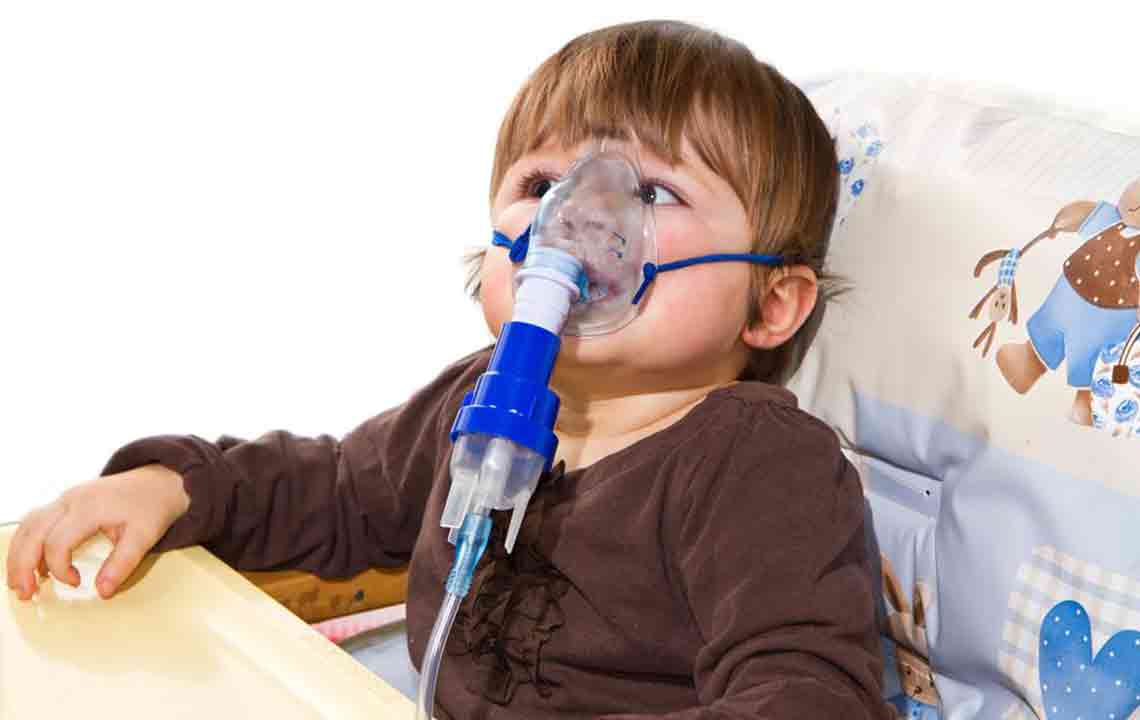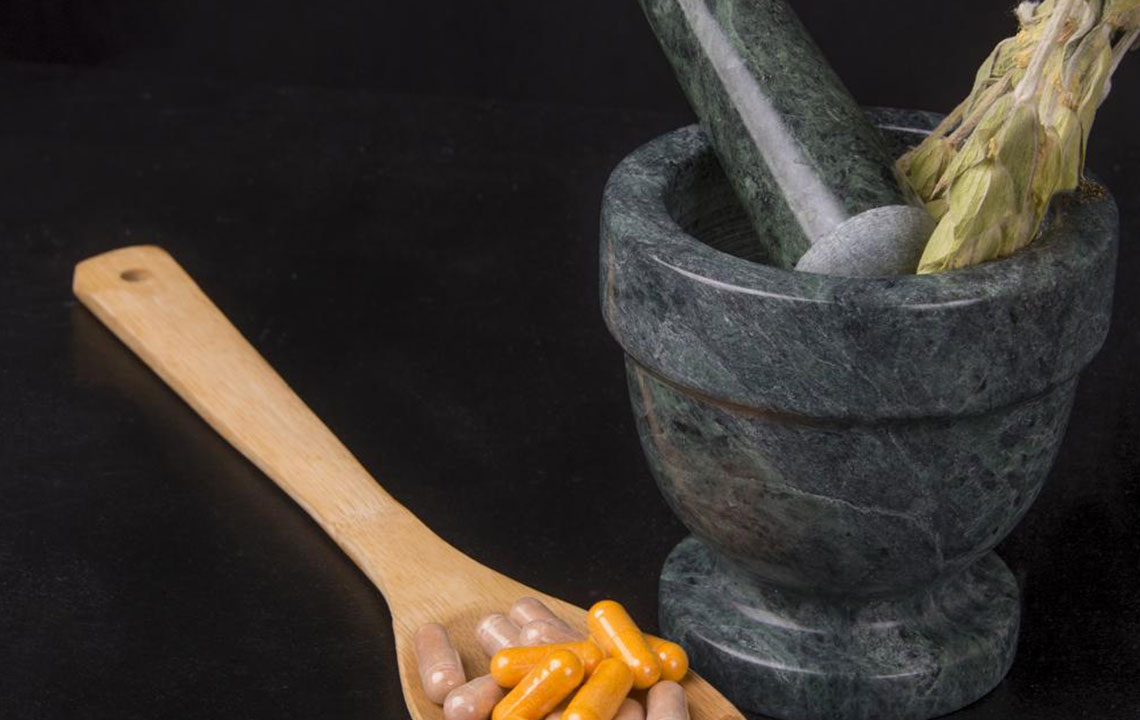Recognizing and Managing Pneumonia: Key Indicators and Treatments
This article provides an in-depth overview of pneumonia, including its signs, symptoms, types, and treatment options. It also offers useful home remedies to ease symptoms and emphasizes the importance of professional medical care. Perfect for those seeking to understand pneumonia’s medical and self-care aspects, this guide aids in early recognition and management of this serious lung infection.

Recognizing and Managing Pneumonia: Key Indicators and Treatments
Pneumonia is a lung infection caused by bacteria, viruses, or fungi, typically following illness like cold or flu. Weakened immune defenses due to these illnesses or chronic health conditions such as heart disease, asthma, or diabetes can increase the risk. Symptoms often include persistent cough, high fever, chills, sweating, and shortness of breath. The severity varies based on age, health status, and pathogen involved.
Common symptoms of pneumonia
Symptoms can range from mild to critical depending on the infection’s severity.
Cough producing mucus.
When alveoli fill with mucus, it hampers the immune response, leading to high fever, chills, sweating, and difficulty breathing. Consequently, chest pain develops.
The presentation varies with age and health, influencing symptoms.
Viral pneumonia often results from influenza viruses, especially in adults, and presents with wheezing cough and rapid onset of high fever.
Bacterial pneumonia inflames lung air sacs, causing high fever up to 105°F, profuse sweating, and bluish lips or nails.
Young children under five may breathe rapidly, and infants might show vomiting, fatigue, and poor feeding.
Viral and bacterial strains may cause lower-than-normal body temperatures in adults.
Localized pneumonia symptoms
Hospital-acquired pneumonia
Contracted during hospital stay, often resistant to standard treatments, especially in ventilated or intensive care patients.
Aspiration pneumonia
Resulting from inhaling food, liquids, or saliva, typically caused by swallowing issues or brain injury, presenting similar symptoms as bacterial pneumonia.
Managing pneumonia symptoms
Bacterial pneumonia
Treated with antibiotics that target bacteria; severe cases may necessitate hospitalization and oxygen therapy.
Viral pneumonia
Often managed with supportive care and antiviral medications if prescribed. Rest, hydration, and proper nutrition are essential for recovery, which may take several weeks.
Home care tips for pneumonia relief
Saltwater gargle
Helps clear mucus and soothe the throat.
Peppermint tea
Aids in decongesting chest area and reduces inflammation.
Lukewarm compress
Provides gentle cooling and comfort, avoiding cold compresses that may cause chills.
Warm soup
Nourishes the body, promotes fluid intake, and boosts immunity.










